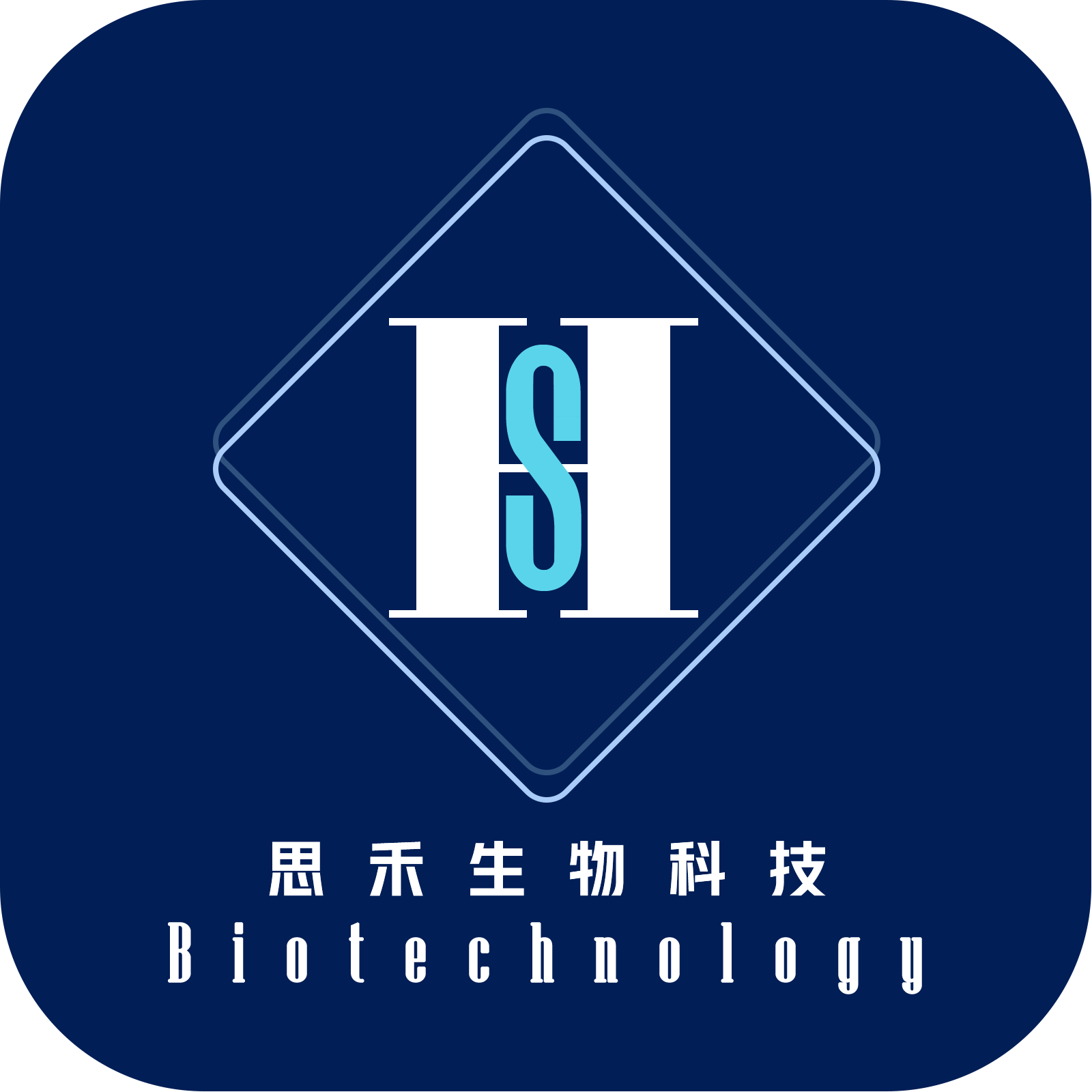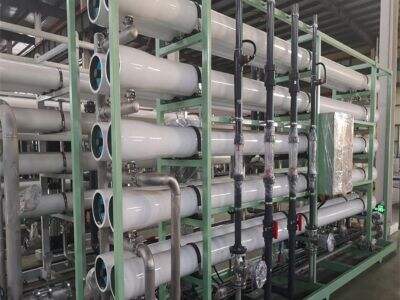Getting to grips with reverse osmosis for maximum energy efficiency
So let’s begin, by looking at why reverse osmosis works. It’s just like that high-tech filter that takes the salt and the yucky stuff out of sea water to make it drinkable. It takes a lot of energy to pump the water through the filters, so using the energy wisely saves money, and by extension the environment.
Application of instrumentation and control advanced systems to save energy in SWRO process facilities
Natural resources such as seawater can be made sustainable by employing intelligent technology to monitor the amount of energy being consumed in a sea water reverse osmosis plant. This can be mitigated by installing sensors and computing systems to track energy consumption, so that operators can tweak settings to ensure that there is not extra energy being used. This can be a money-saver over the long term, as well as a power saver.
Advancements in membrane technology for more water at less energy
Here's another neat idea to help sea water reverse osmosis plants use less energy: use special membranes that do a super job of being able to filter out the salt and other impurities. These advanced membranes have the potential to produce more clean water at lower energy cost. With this innovation, sea water reverse osmosis plants can take advantage of the most recent membrane technology and be more energy efficient and productive.
Optimization of pretreatment to maximize SWRO operational performance
Before the sea water can make it to the reverse osmosis filters it has to undergo some pre-treatment steps to clear out large particles and other shit that might clog the filters. By increasing the efficiencies of these pre-treatment stages, SIHE Pure Water Treatment Equipment can enjoy improved operation and decreased power consumption. This can also result in lower maintenance costs and better run-of-plant performance.
Renewable resource integration for sustainability and cost optimization of sea water desalination systems
Finally, by relying on renewable energy like solar or wind, sea water reverse osmosis plants can be made a lot more sustainable and environment friendly. Through the use of the sun or the wind, these plants can lower their needs for traditional energy sources and lower their operating expenses. This isn’t just good for the environment, it also saves money over the long-term.
Conclusion
Energy efficiency enhancement in SWRO plants is very important to save money and conserve the environment. They offer insights into reverse osmosis processes, as well as how to design monitoring and control systems; new components such as the membrane process and its integrated pre-treatment for sea water desalination; application of water systems technology; benefits and drawbacks of energy recovery; as well as how to optimize their performance through an application of renewable energy sources making this book a comprehensive and detailed guide to the future desalination plants. For the right tactics and tools, SIHE SH High Pressure Pumps can serve the world with clean, fresh water that tastes good. Remember, every drop counts.
Table of Contents
- Getting to grips with reverse osmosis for maximum energy efficiency
- Application of instrumentation and control advanced systems to save energy in SWRO process facilities
- Advancements in membrane technology for more water at less energy
- Optimization of pretreatment to maximize SWRO operational performance
- Renewable resource integration for sustainability and cost optimization of sea water desalination systems
- Conclusion

